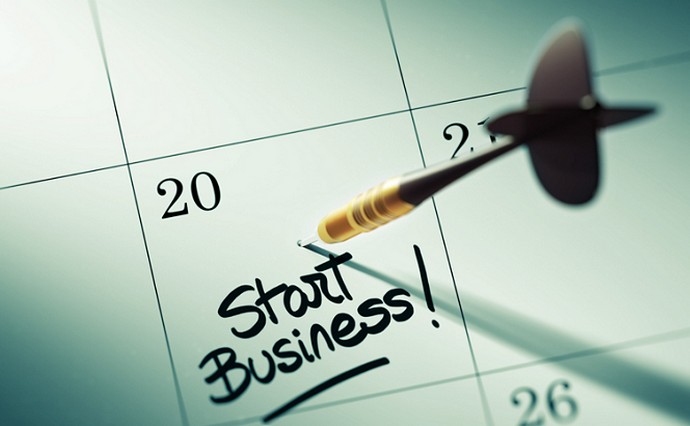5 ways to make your business financially sustainable
 The financial strength of a business – like that girl from the 2000s memes – is hard to find and easy to lose. Especially if you don’t know what indicators to monitor and what to work on in these “difficult relationships”.
The financial strength of a business – like that girl from the 2000s memes – is hard to find and easy to lose. Especially if you don’t know what indicators to monitor and what to work on in these “difficult relationships”.
Someone thinks that if he just covers his expenses and does not allow cash gaps, then he is quite well on his feet. But it’s not that simple. For a company to be considered financially sound, it must easily adapt to a changing market and grow in profit and capital even during the shake-up. Our five-step guide will help you achieve this.
But first things first.
Four levels of financial stability of the company
The very concept of financial stability is large-scale, and it cannot be said unequivocally that everything is superb for the company or vice versa. But there are four levels of financial stability of a business that will help you navigate:
Absolute stability – this is possessed by companies that have enough money to cover costs at their own expense. That is, they do not depend on loans at all: they have their own money, which is enough for everything, but there are no loans. Not a company, but a dream.
Normal sustainability is when business expenses are covered by their own and borrowed funds. We can assume that a company has normal financial stability if the sum of its liquid assets – those that can be easily converted into money, for example, inventories and receivables – are greater than the amount of loans and credits. That is, if something happens, the company can quickly get money and pay off debts.
Ideally, if the capital is double all loans and borrowings.
Pre-crisis state – when a company starts having financial problems, for example, cash shortages, but it can solve them if it sells stocks, knocks out accounts receivable, takes all its money and pays off debts. If after that the company remains in a small plus, its condition can be considered pre-crisis.
Crisis – the company does not have enough money to cover costs and debts. At the same time, if she sells everything, there will still not be enough money. In this case, we can say that the company is moving towards bankruptcy.
Rapid financial stability test
To quickly assess how financially sustainable a business is, you need to answer one question: if the market changes tomorrow, will the company withstand these changes? Changes can be understood here as anything: new competitors, crisis, changes in laws, higher prices from suppliers.
Typically, the changes are easily tolerated by companies that have:
1. there is where to get money – here the sources are considered to be the company’s own capital, investments, and loans and borrowings with a long term at an adequate interest;
2. there is an airbag – these are savings that will help keep you afloat during a difficult period.
3. Imagine a situation: a company sells foreign goods. To save on shipping, she brings goods by steamer in large batches. But then the world is frozen by a pandemic, and you have to change steamships to planes. That is, now the company can only transport small consignments and are much more expensive.
So: if the company from the example has an airbag and has enough money to deliver by air and remain in the black, it will survive the crisis.
To move towards the level of absolute financial stability, a company needs to repeat five steps on a regular basis:
1. plan expenses and incomes in advance;
2. to make sure that incomes are higher than expenses;
3. increase profits;
4. check that your own money is more than credit;
5. save up the airbag.
We will tell you about these actions.
1. Plan cash flows for the week, month and year
There is such a story with financial stability: there are fundamental indicators, coefficients that need to be calculated directly, and there is a thing that everyone understands – money. Let’s start with them.
If a company receives more money than it leaves, and there is enough money to pay for rent, goods, pay salaries and pay the tax authorities on time, then at the level of cash flow it can be called financially stable. But if a company always gets into cash gaps, then it doesn’t smell like stability.
To make sure that everything is okay with the cash flow, two tools help: the payment calendar and the cash flow budget, BDDS.
A payment calendar is a document that shows how much money and when a company will receive and how much and when it will spend.
The payment calendar protects against cash gaps: it shows when a company is at risk of getting caught in such a gap and insures itself in advance, for example, reschedule a large payment or ask the client to pay early in exchange for a discount.
The payment calendar looks like this:
Click to enlarge
The payment calendar shows when and how much money the company will receive from customers, and when and how much it will need to pay to suppliers, employees, and the landlord.
The cash flow budget, BDDS is a plan of all receipts and payments of the company for the year ahead.
How BDDS increases financial sustainability
The company is a motorcycle shop.




